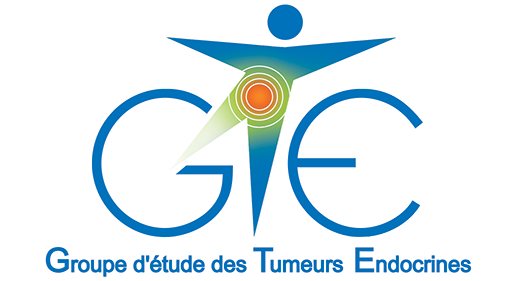Regulation of Aldosterone Secretion by Substance P and the NK1 Receptor in Aldosterone-Producing Adenomas
AG. Lopez*a (Dr), C. Duparcb (Dr), S. Renoufb (Dr), M. D'Agostinob (Mme), L. Amarc (Pr), G. Manceaud (Pr), FL. Fernandes-Rosae (Dr), MC. Zennaroe (Pr), G. Nicolasf (Pr), E. Louisetb (Dr), H. Lefebvrea (Pr)
a Univ Rouen Normandie, Inserm, NorDiC UMR 1239, CHU Rouen, Department of Endocrinology, Diabetes and Metabolic Diseases, Rouen, FRANCE ; b Univ Rouen Normandie, Inserm, NorDiC UMR 1239, Rouen, FRANCE ; c Assistance Publique-Hôpitaux de Paris (AP-HP) Centre, Hôpital Européen Georges Pompidou, Hypertension Department, Paris, FRANCE ; d Assistance Publique-Hôpitaux de Paris (AP-HP) Centre, Hôpital Européen Georges Pompidou, Department of Digestive Surgery, Paris, FRANCE ; e Université de Paris Cité, PARCC, Inserm, Paris, France., Paris, FRANCE ; f Univ Rouen Normandie, Inserm U1245 and CHU Rouen, Department of Genetics and CNRMAJ, Rouen, FRANCE
* antoine-guy.lopez@chu-rouen.fr
Background: Aldosterone-producing adenomas (APAs) are a major cause of primary aldosteronism (PA), the most common form of secondary hypertension. While somatic mutations have been identified in genes driving aldosterone secretion, the pathophysiology of PA remains incompletely understood. Substance P (SP), a neuropeptide encoded by the TAC1 gene, has recently been shown to stimulate aldosterone production via the neurokinin type 1 receptor (NK1R) in the adrenal cortex. This study investigated SP and NK1R expression and function in APA.Methods: 56 APA samples were analyzed by quantitative RT-PCR, immunohistochemistry, and functional assays. TAC1 and TACR1 mRNA levels were quantified, and immunostaining was used to assess the localization and protein expression of SP and NK1R. Functional studies on primary APA cell cultures and perifused explants evaluated SP-induced aldosterone secretion and the effect of the NK1R antagonist aprepitant. Pulsatility parameters included mean levels, nadir, frequency, amplitude, and area under the curve (AUC).Results:TAC1 and TACR1 mRNAs were significantly expressed in APA tissues. SP-positive nerve fibers were detected in 90% of samples, with granular SP staining APA cells. NK1R co-localized with CYP11B2 in 60% of cases. SP dose-dependently increased aldosterone secretion in 6/10 primary cultures (EC₅₀1.7±0.3 nM;p<0.01). Aprepitant significantly inhibited SP-induced aldosterone secretion in 3 out of 4 responsive APA samples (p<0.01). In perifusion, SP increased integrated aldosterone response, as measured by the AUC by 153%(p<0.05).Conclusion: SP stimulates aldosterone production in APAs via NK1R. Targeting the SP-NK1R axis could represent a therapeutic option for selected PA patients.
L’auteur n’a pas transmis de déclaration de conflit d’intérêt.



